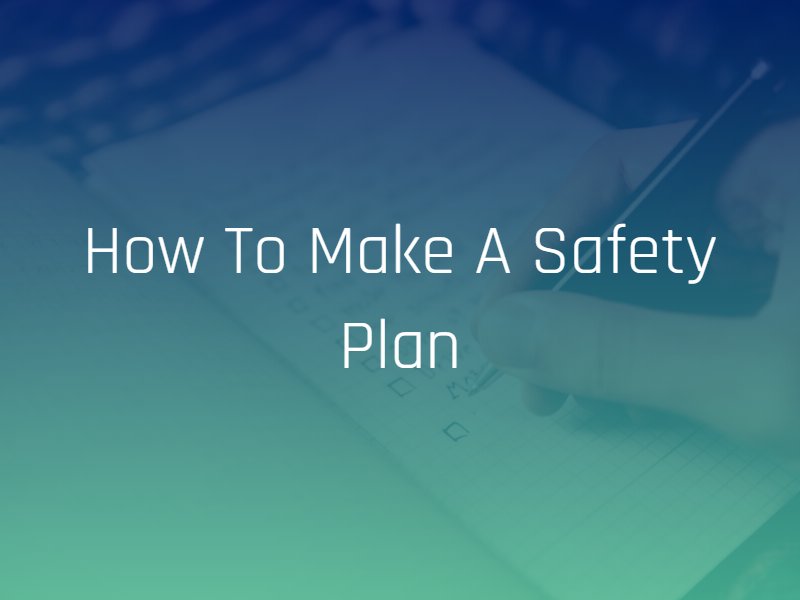Sexual violence can occur anywhere and to anyone. Seeking help for assault can be difficult, and without proper planning, you may not know or have the opportunity to access the resources available to you.
Creating a safety plan, or a course of action that you take to protect yourself in a dangerous situation, can help you understand what to do and how to seek help in a life-or-death scenario. Your safety plan will depend on the nature of the violence you are experiencing, the support network around you, and the resources you can access.
Creating a Safety Plan for Sexual Assault
Whether you’re going out with friends or taking an Uber ride in a new city, it is important to create a list of steps and curate an arsenal of resources you can tap into if you find yourself in a dangerous assault situation.
- Create a list of sexual violence resources in your area. These can include hotlines, local sexual assault service providers, hospitals that provide forensic exams, or domestic violence shelters.
- Stay in a group of people when going out to a social event. Stay with your friends and do not let anyone leave alone, and make sure that you do not leave any drink unattended.
- Create a code word or code phrase to use with your friends, family members, and other trusted individuals when you are in danger. Use a normal sounding but unusual phrase that would trigger a response in a loved one. For example, if you dislike oranges, your code phrase could be: “Could you get me a glass of orange juice?”
- Inform someone of your whereabouts, especially if you are traveling alone. Check-in with your trusted individual when you reach your destination, and instruct him or her to call 911 if you do not respond.
Creating a Safety Plan for Domestic Violence
If the assault or violence you are experiencing is at the hands of an intimate partner or someone who lives with you, seeking help and escaping from the situation becomes even more difficult. In these situations, creating a safety and escape plan is crucial. When creating your safety plan, keep the following components in mind.
- Identify a support network and inform trusted individuals about the violence. These support members can be friends, family, neighbors, or domestic violence advocates in your community.
- Keep your browsing history private, especially if you are using a shared computer. Always clear your cache, history, and cookies when looking for resources. If you can, use a friend’s computer or a device at your library.
- Identify domestic violence shelters and safe houses near you that you can go for support. Once you identify a shelter, plan out a route you can take to get there when you leave.
- Prepare an escape bag and store it in a safe place where your abuser would not look. Store your wallet, purse, cash, medications, keys, and any important documents in this bag.
Legal Pathways for Sexual Violence Survivors
If you are in a dangerous situation, making a safety plan to get help and escape is an important step. However, if your life is in immediate danger, you should call 911 as soon as possible.
After escaping to a safer place, seek the assistance of a sexual assault attorney with experience advocating for survivors as soon as possible. Your sexual abuse attorney can help you understand how to file a protective order against your abuser, and what your legal options are for civil and criminal action. If you have not done so already, contact your lawyer today to discuss your next steps.

